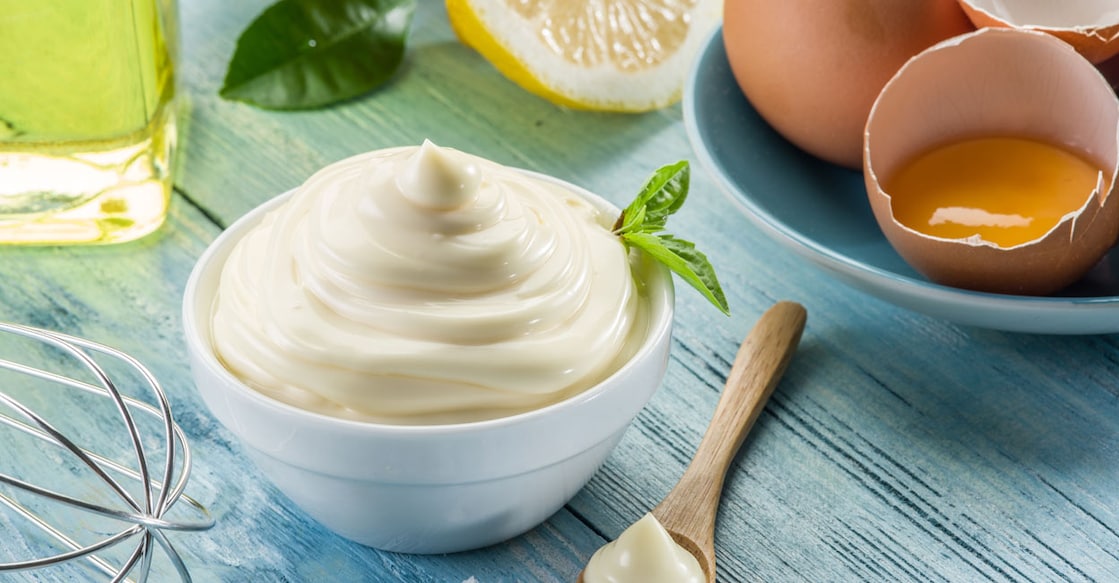Raw egg mayonnaise banned in Tamil Nadu for a year – here’s what it means

Mail This Article
Tamil Nadu has imposed a one-year ban on the production, storage, and sale of mayonnaise prepared using raw eggs. The decision, effective from April 8, was announced through an official gazette notification by the state’s Food Safety and Drug Administration.
In a gazette notification, R Lalvena, Commissioner of Food Safety and Drug Administration, stated that raw egg-based mayonnaise could pose 'high food risk' due to contamination by harmful bacteria. Among the pathogens flagged are Salmonella Typhimurium, Salmonella Enteritidis, E. coli, and Listeria monocytogenes — all known to cause food-borne illnesses.
The ban is enforced under Section 30(2)(a) of the Food Safety and Standards Act, 2006. The notification also noted that inspections had revealed the use of unprocessed eggs in mayonnaise across various food establishments, often without proper refrigeration — increasing the risk of contamination.
Authorities have urged food businesses and consumers to comply with the order, warning that violations will attract strict legal action.
What is mayonnaise?
Mayonnaise is an emulsion — a thick, creamy sauce traditionally made by slowly blending oil with egg yolks, along with vinegar or lemon juice for acidity. It is thought to have originated in 18th-century France or Spain and has since become a staple in kitchens worldwide. Whether as a base for salad dressings, a sandwich spread, or a dip, mayo is everywhere — from household refrigerators to restaurant kitchens and bakery counters.
While many commercially sold mayonnaise products use pasteurised eggs or egg-free formulations, certain local eateries, bakeries, sandwich stalls, and homemade preparations still rely on raw eggs for that classic texture and taste. This becomes a concern when such mayonnaise is not stored at the correct temperatures or used in hygienic conditions — an issue repeatedly observed during inspections in Tamil Nadu.
Why raw egg mayo can be risky
Raw eggs can carry bacteria that may not be visible, but can multiply quickly if the mayonnaise is left unrefrigerated. Without proper cold chain maintenance, the risk of contamination increases sharply, especially in tropical climates. Consuming contaminated mayonnaise can lead to symptoms like vomiting, stomach cramps, diarrhoea, and in severe cases, even hospitalization.
Authorities have urged all food businesses and vendors to strictly adhere to the ban, warning that violations will attract legal action. Consumers are also advised to check labels or inquire about the ingredients when purchasing mayonnaise-based items, especially from local eateries and food stalls.
Pasteurized eggs: A safer alternative
Pasteurized eggs are regular eggs that have been gently heated to a specific temperature that’s high enough to kill harmful bacteria—like Salmonella—but not so high that the eggs start to cook. The process preserves the egg’s raw texture and flavor, making it ideal for recipes that call for uncooked eggs, such as mayonnaise, Caesar dressing, hollandaise, and some desserts.
In mayonnaise, pasteurized eggs work exactly like raw ones. They emulsify beautifully with oil and vinegar or lemon juice, giving you the same creamy texture and taste you're used to—just with much lower food safety risks.
You can find pasteurized eggs in some supermarkets—often labeled as such—or you can even pasteurize eggs at home using a careful stovetop method with a thermometer (though this needs precision to avoid accidentally cooking the eggs).
How to pasteurize eggs at home (stovetop method)
Ingredients
Fresh, whole eggs (in the shell)
A saucepan
Water
A kitchen thermometer (digital or instant-read)
Preparation
Arrange the eggs in a single layer in the pan
Fill the pan with enough water to cover them by at least 1 inch
Place the pan over medium heat
Monitor the temperature carefully with a thermometer
Once the water reaches 60°C, reduce the heat to maintain this temperature
Hold the eggs at 60°C (140°F) for 3.5 minutes.
Important: Do not let the temperature exceed 63°C (145.4°F) or the eggs may begin to cook.
Remove the eggs with a slotted spoon and transfer them to a bowl of cold water to stop the heating process
Once cooled, dry the eggs with a clean cloth or paper towel and store them in the fridge
Label them as pasteurized for clarity.

